-
Posts
3,040 -
Joined
-
Last visited
Content Type
Profiles
Forums
Gallery
Events
Everything posted by bruce d
-
-
Hello Dougal, and a warm welcome to MSW from misty Sussex. You will find all the support you can hope for here, and I will give you the easiest answer of all: You can never have enough clamps! I suggest you also study the build logs here for boats similar to yours to see the variety of ways people find to do the same tasks on different boats. Which technique seems to feel 'right' for you will probably emerge. can we look forward to a build log? Regards, Bruce
-
Title: "The Complete Modellist Shewing the True and Exact Way of Raising the Model of Any Ship Or Vessel, Small Or Great, Either in Proportion, Or Out of Proportion ... Performed by Thomas Miller" 1667 ship building.pdf I hadn't seen this before. BTW, this is my 1000th post. Thank you, MSW, and all who sail in her. Bruce
-
Welcome to MSW, it is a great place. It looks like you have a good start and some experienced hands looking on. Have fun! Bruce
- 164 replies
-
- fly
- Victory Models
-
(and 4 more)
Tagged with:
-

A Danish builder rediscovering model ships
bruce d replied to Procyon74's topic in New member Introductions
Hello Lars, and welcome to MSW from the UK. You have a model shop you can visit? With wooden kits on display? Lucky boy!!! Have fun. Regards, Bruce -

Byrne's saw for cutting thin brass???
bruce d replied to CPDDET's topic in Modeling tools and Workshop Equipment
Exactly right for thin brass. It doesn't have to be top quality plywood, just solid with no 'voids'. Also works with acrylic sheet. I have cut .004" (4 thou) brass this way with good results on a saw nowhere as good as a Byrnes. It is surprising but the same setup will allow you to make good cuts with a router provided the ply-brass-wood sandwich is rock solid and you have good router bit. You may harm the teeth of the cutter but just use another depth setting next time to bring a different section of the cutting edge into contact with the workpiece. The tricky part, whichever tool has been used, is removing the plywood without distorting the brass. Tip: soak the whole kit and kaboodle in methylated spirits to soften the double sided tape bond. Once finished, throw the plywood away. -
Welcome to MSW Phil, it is a great place for support and advice. Modelling on the road? I'd like to hear how that works out.
-

Help for the Noobies
bruce d replied to drjeckl's topic in Using the MSW forum - **NO MODELING CONTENT IN THIS SUB-FORUM**
In my opinion, that is the whole story in a nutshell. -

Stoves/Ovens on ships in the 1600s and Onward
bruce d replied to acaron41120's topic in Nautical/Naval History
Hello Allen, Not a proper answer to your excellent question but perhaps this is worth a look: Many plans of ships and other craft at the NMM show the location of the cooking area, and of course you can also spot the chimney in many museum models. Also, shipwreck archaeologists usually look closely for any evidence of a galley, usually indicated by bricks and distinctive ironwork so some of the reports posted here may help. HTH -

The Introduction and Use of Copper Sheathing - A History (PDF)
bruce d replied to Bob Cleek's topic in Nautical/Naval History
Pat, PM sent. -

The Introduction and Use of Copper Sheathing - A History (PDF)
bruce d replied to Bob Cleek's topic in Nautical/Naval History
Mark Staniforth went on to be Professor Staniforth, holding a senior postion in Australia and was the 'go-to-guy' for questions about sheathing. He was helpful to me not long ago and was interested that his paper is still used. -
Well done Hugo, it looks great. On to the next one with your new skills!
- 17 replies
-
- artesania latina
- bon retour
-
(and 2 more)
Tagged with:
-
-
Not sure if I read you. Do you mean the original download source I got it from?
-
Can't find another image (yet) but you may be tantalised by item 77 on page 36 of this ... b1479729.pdf ... and perhaps a copy exists? HTH Bruce
-
Rare ship models, marine relics, prints, paintings, maps : an important collection of fine examples of the scrimshawing art & ships' pewter & silver by Anderson Galleries, Inc Publication date 1925 Topics Mr. Coulton Waugh, Ship Model Shop rareshipmodelsma00ande_0.pdf
-
Thank you John, I have used the time Mediator is off the bench to dig around for more of her history. It has lead me to some mildly surprising conclusions, number one being that there were squillions of small commercial vessels at the time and there were very few records. I am hopeful of finding out more of the circumstances of her loss when I can get back to the National Archives in person, but who knows when that will be?. Been pondering whether to make a ship's boat for her. There is a small work surface in my study I could set aside to tackle the task as a separate model. With winter banging on the door this suits in many ways. Bruce
- 43 replies
-
- mediator
- first build
-
(and 1 more)
Tagged with:
-
Hello Dave and a warm welcome to MSW. You will find this is a great place to ask questions and see how other people solved problems. Welcome aboard!
About us
Modelshipworld - Advancing Ship Modeling through Research
SSL Secured
Your security is important for us so this Website is SSL-Secured
NRG Mailing Address
Nautical Research Guild
237 South Lincoln Street
Westmont IL, 60559-1917
Model Ship World ® and the MSW logo are Registered Trademarks, and belong to the Nautical Research Guild (United States Patent and Trademark Office: No. 6,929,264 & No. 6,929,274, registered Dec. 20, 2022)
Helpful Links
About the NRG
If you enjoy building ship models that are historically accurate as well as beautiful, then The Nautical Research Guild (NRG) is just right for you.
The Guild is a non-profit educational organization whose mission is to “Advance Ship Modeling Through Research”. We provide support to our members in their efforts to raise the quality of their model ships.
The Nautical Research Guild has published our world-renowned quarterly magazine, The Nautical Research Journal, since 1955. The pages of the Journal are full of articles by accomplished ship modelers who show you how they create those exquisite details on their models, and by maritime historians who show you the correct details to build. The Journal is available in both print and digital editions. Go to the NRG web site (www.thenrg.org) to download a complimentary digital copy of the Journal. The NRG also publishes plan sets, books and compilations of back issues of the Journal and the former Ships in Scale and Model Ship Builder magazines.


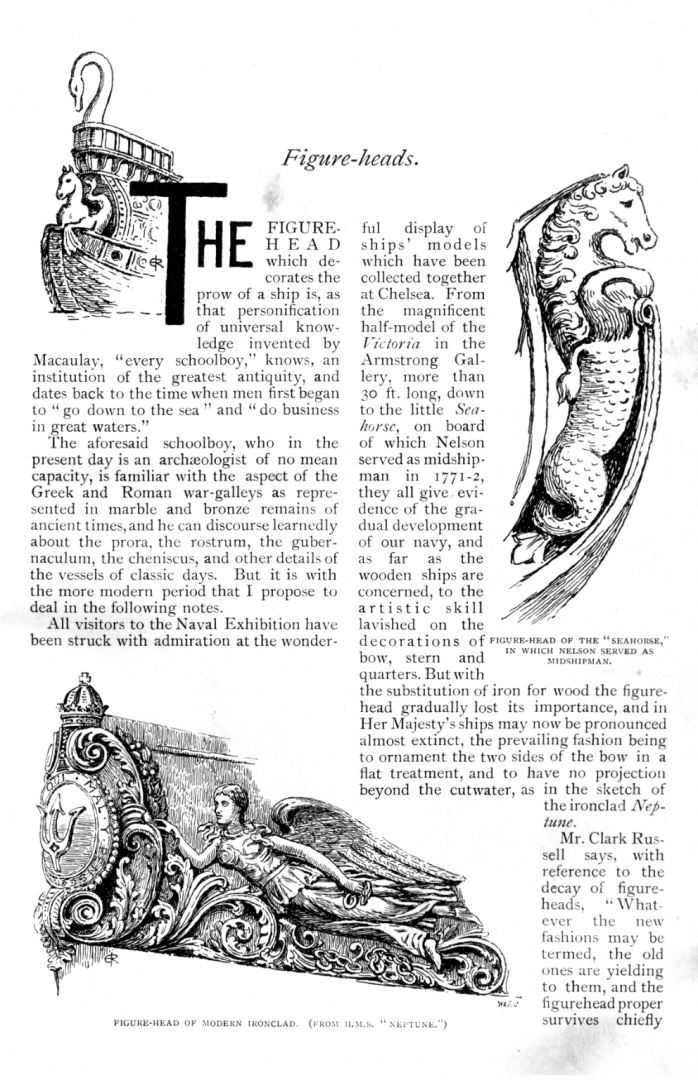
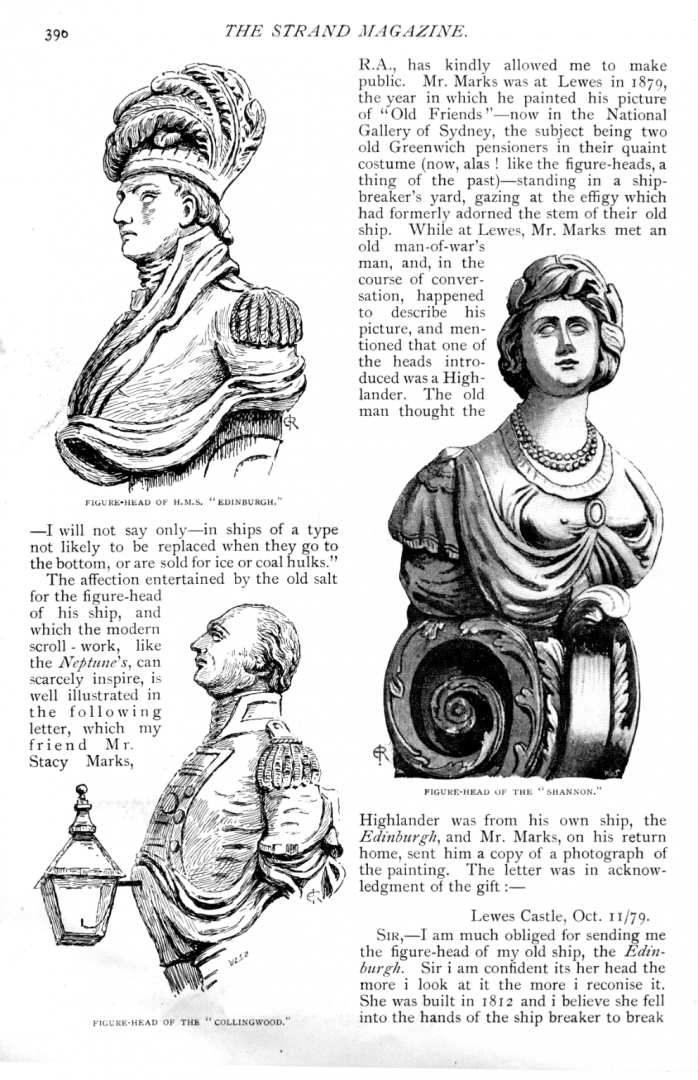
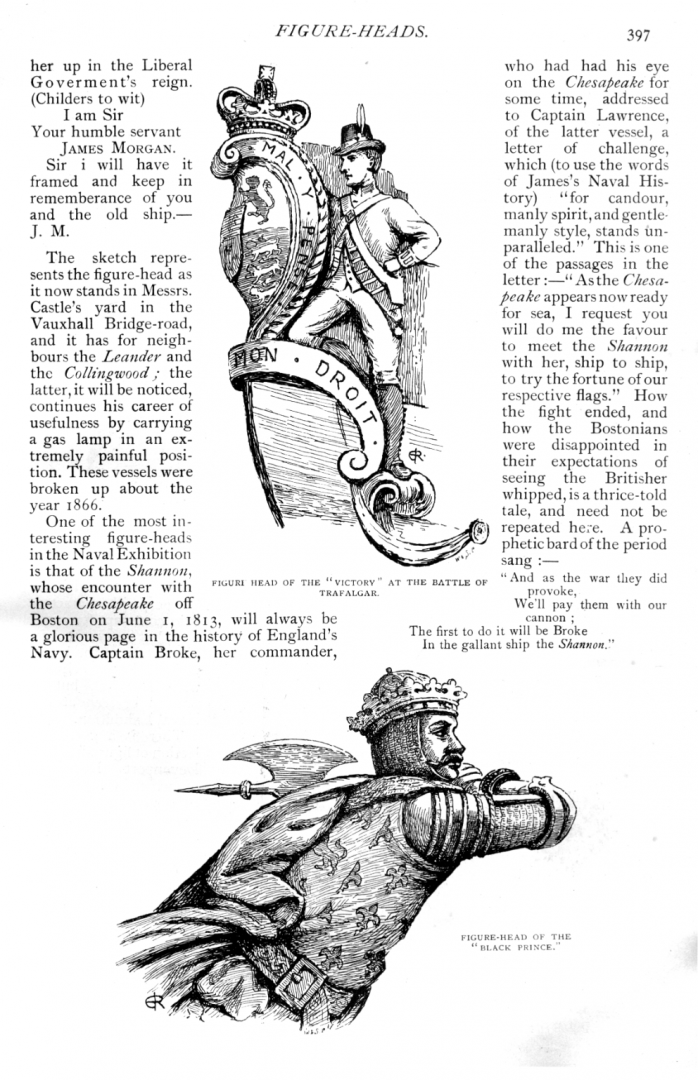
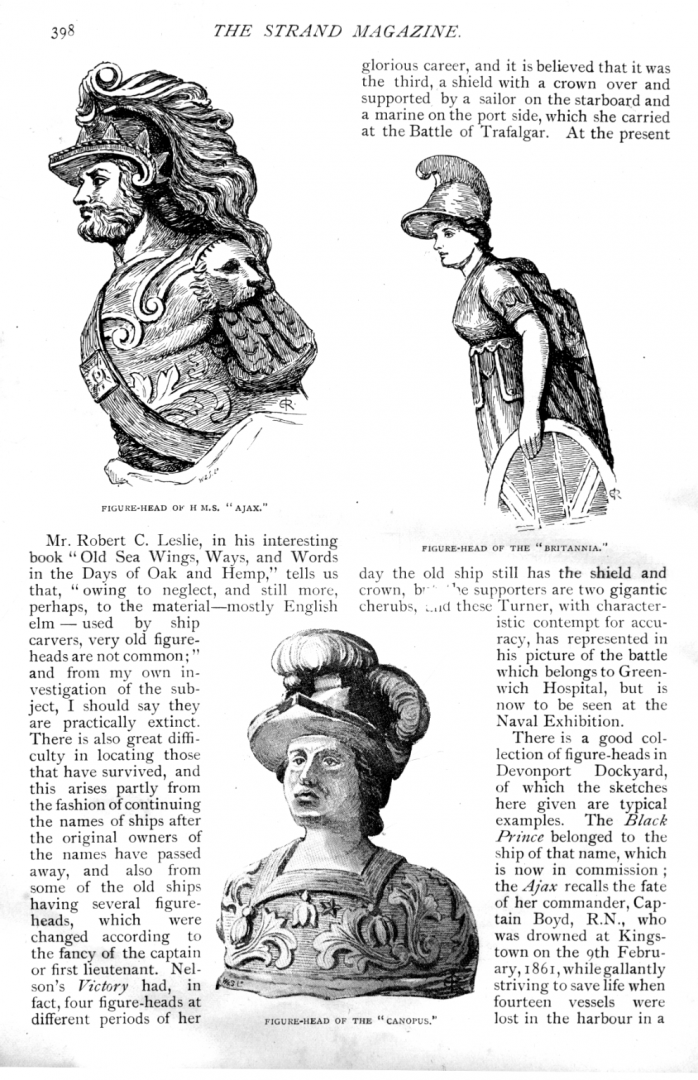
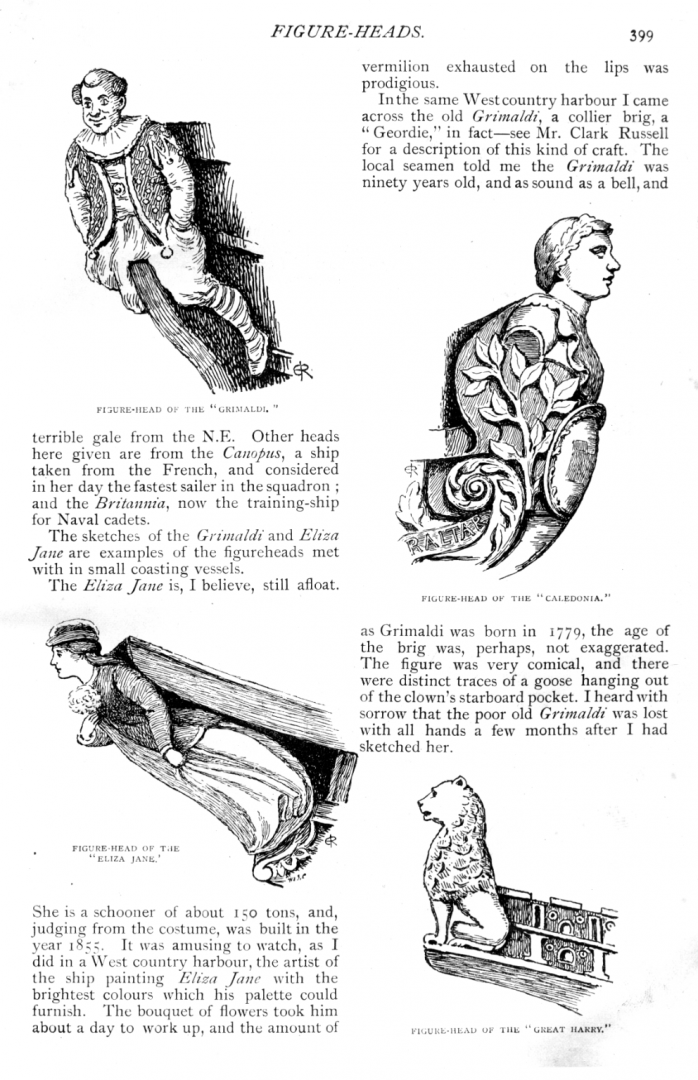
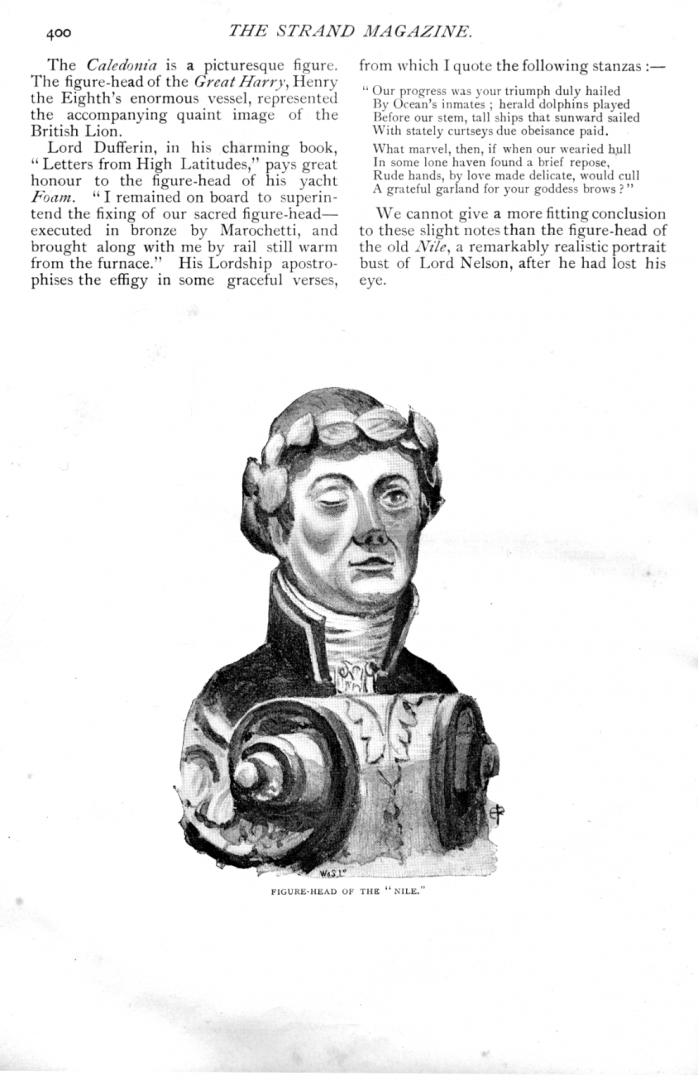

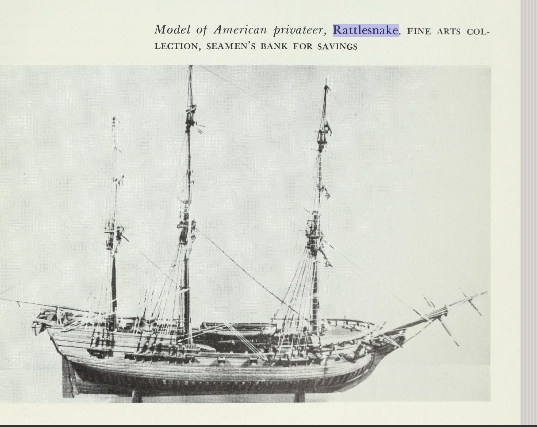
.png.ce51684ceef7720b42587f2d41244bfe.png)